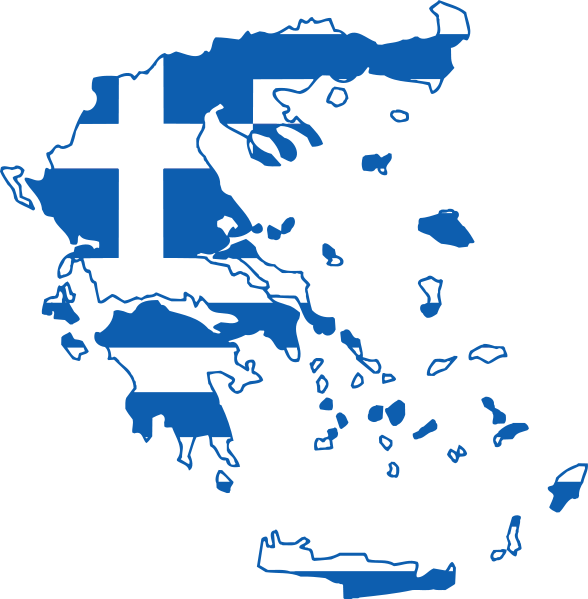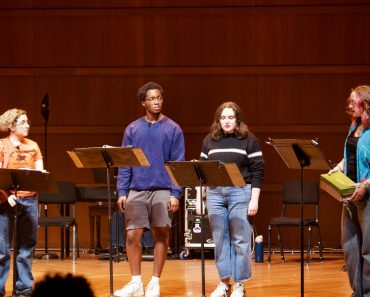Madeleine Gera surely needs no introduction, but for those who are new to the art scene, one must mention that in 1991, she was awarded a long-term scholarship to study Fine Art in Florence, Italy, at the Scuola di Arte Grafica, Il Bissonte. Her studies in Florence continued at the Angel Academy and other studios between 2002-2010.
Gera’s impressive career features numerous solo and collective exhibitions in Malta and abroad. Her work was displayed at Antipodes Art Gallery in West Chester County, New York, and in Florence. She participated in the Architecture Venice Biennale in 2016, “Reporting from the Front” where she was invited by Architecture Project along with other artists. From 2006 to 2015, she ran Atelier Madeleine Gera on Republic Street, Valletta, an artist’s studio that focused on teaching portrait and figurative painting in the classical tradition. Additionally, in 2007, she served as a consultant for Fondazzjoni Patrimonju Malti on the Edward Caruana Dingli exhibition at the President’s Palace in Valletta.
The exhibition Vanishing Point offers a captivating exploration of themes that resonate deeply with the contemporary world, unfolding almost like a visual diary spanning four years. During this period, Gera examined and reflected on various aspects of daily life – often focusing on pressing concerns or news events that caught her attention more than others. Through her art, she invites us to engage with these topics, subtly drawing our attention to the complexities of modern existence.
Gera’s evocative works delve into multiple sub-themes, each addressing a distinct aspect of contemporary life. One of the primary themes explored is Greek mythology, with two notable works, Calypso in Gozo and Medusa, taking centre stage.
The artwork Calypso – the hero image of the exhibition – depicts an almost life-size figure of a beautiful girl dressed in a strapless red dress. She is shown gazing downward, her face tilted towards the ground, perhaps in a field. On her right arm is a delicate branch of intertwined flowers, though it carries a surreal twist – are these real flowers or a tattoo? The ambiguity draws the viewer in.
The background is a blend of sea, sky and clouds, and floating above them are two pairs of winged cherub heads – one pair in pink and another in green – adding a surreal, almost celestial quality. This evokes the imagery of Renaissance paintings, particularly the depictions of saints surrounded by putti and cherubs, such as Giovanni Bellini’s Madonna and Child with Red Cherubs. Yet, from this classical reference, Gera brings us firmly back to the present. A mirage appears on the left side of the painting, showing cranes and signs of overdevelopment in Xaghra, Gozo – said to be the home of Calypso. This subtle commentary echoes Darren Tanti’s Longing for Home, in which a multi-layered portrayal of Calypso also features a backdrop of cranes and urban encroachment in Xaghra.
In contrast, Gera’s Medusa presents the mythological figure not as the fearsome creature we often envision, angry and full of malice, but as calm and introspective. Painted in profile, Medusa appears restrained, yet there is a sense that something may be brewing beneath the surface, perhaps the calm before the storm. One visitor’s comment on this piece stood out to me: he remarked, “the moment she turns, she will turn the viewer into stone. Aware of that evil power which was imposed on her, maybe she’s ‘quietly’ intentionally looking sideways”.
Another theme explored by Gera is Urban Rhythm, inspired by her life in Valletta. Through a series of paintings, she captures the vibrant pulse of the city, depicting a bustling Valletta full of energy – alive with people, stunning sea views and the excitement of feasts. The atmosphere is charged, almost brimming with activity. However, this dynamic energy is juxtaposed by one particular work, Valletta Rooftops, which offers a quiet view from the artist’s own rooftop. Here, time seems to stand still, prompting us to pause and reflect on how the city is becoming overrun with noise, loud music and the overwhelming presence of restaurant tables and chairs. Gera subtly highlights how our unchecked greed is causing us to lose the essence of Valletta’s identity.
Nature plays a central role in Gera’s work, and this connection is evident in many pieces where animals, birds, plants and flowers take centre stage. In works such as Man with a Parakeet, Woman with a Lily, and Boy with Lizard, (inspired by Caravaggio’s Boy Bitten by a Lizard), Gera portrays a delicate balance between humans and nature. In Boy with Lizard, for instance, there’s a sense of equality between the boy and the lizard, symbolising hope for renewal and redemption. These works emphasise the often tense relationship between humanity and the natural world, underscoring the need for balance and respect.
This theme of balance extends into Man vs. Man, where Gera mourns the loss of indigenous cultures and calls for a heightened awareness of the importance of preserving cultural heritage. Her art serves as a poignant reminder of the urgent need to protect these communities before they vanish entirely. Through her work, Gera asks us to consider the fragility of both nature and culture and our responsibility to safeguard them.
Another fascinating piece that ties together several of these sub-themes is The Garden of the Floating World. In this painting, a Geisha is depicted in profile, placed in the corner foreground of a serene Japanese garden – a scene representing the transience of life. Inspired by Kazuo Ishiguro’s novel The Artist of the Floating World, the painting echoes the book’s exploration of memory, guilt and cultural transformation, seen through the lens of an artist’s personal reflections. Gera’s rendering of this theme masterfully intertwines the fleeting beauty of nature with the deeper complexities of human experience.
One of the more intricate works in the exhibition is The Doctor’s Carnival Party. Set during Venice’s Carnival, the painting presents a surreal scene where masked figures evoke a sense of paradox and tension. Their interactions, whether they are engaging with or avoiding each other, capture the duality of Carnival: a passage from darkness to light, symbolising joy and freedom before the solemnity of Lent. Gera uses this setting to subtly reference the recent pandemic, with the figure in a plague doctor’s mask serving as a poignant reminder of how abruptly our lives can change.
The painting blurs the lines between revelry and foreboding, reflecting the uncertainty we have all faced during this period. Yet, at the same time, it hints at an unexpected truth – that many of us have found new ways to experience joy and fulfillment, sometimes even surpassing the happiness we knew before the pandemic. Gera’s work captures both the fragility and resilience of the human spirit in times of crisis, offering a layered reflection on adaptation and renewal.
Vanishing Point ultimately invites viewers to reflect on their place in the world and how their actions impact the environment and humanity. Through her art, Gera encourages us to confront difficult questions and consider the future we wish to create, urging us to act before it’s too late. The collection is an open-ended reflection about ourselves.
The title Vanishing Point likely refers to the artistic technique used to create an optical illusion of depth on a flat surface, guiding the viewer’s gaze to a specific point in space. In Gera’s case, this concept serves as a metaphor for how our perspective on the things that truly matter is gradually fading. She seems to suggest that we are losing sight of what is important, often choosing to live within the confines of an illusion rather than confronting reality. Through this lens, Vanishing Point becomes not just an exploration of perspective in art but a deeper commentary on how we navigate our increasingly complex world.
The exhibition ‘Vanishing Point’ is on at the Palm Court Lounge at The Phoenicia Hotel, in Floriana, until the end of this month, curated by yours truly







